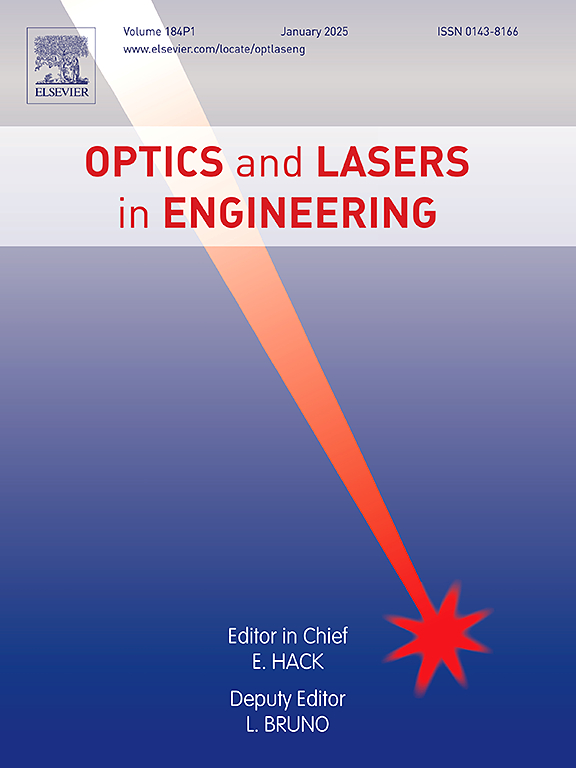Total variation extrapolation algorithm for high-fidelity terahertz in-line digital holography
IF 3.7
2区 工程技术
Q2 OPTICS
引用次数: 0
Abstract
In-line digital holography offers the advantages of compact layout and full utilization of the spatial bandwidth product of the detector, making it widely used in the terahertz band. In this paper, we propose an extrapolated iterative algorithm that combines the object's absorption characteristics with the sparsity of the complex field, enabling high-fidelity retrieval of both amplitude and phase images from a single in-line hologram. At the same time, the size of the hologram is numerically expanded without increasing the system complexity or the data acquisition time. The effectiveness of this algorithm is demonstrated through high-quality imaging of a Siemens star, polypropylene sheet, and dragonfly hindwing. Compared with the phase retrieval algorithm which includes positive absorption constraint, extrapolation method and support domain constraint, our method achieves superior reconstruction quality and more effective twin-image suppression, enhancing the resolution from 310 μm (2.6λ) to 228 μm (1.9λ) and enabling high-fidelity reconstruction of a 30 μm dragonfly hindwing. This work will further enhance the application of continuous-wave terahertz in-line digital holography in biomedical imaging and non-destructive testing.
高保真太赫兹在线数字全息的全变分外推算法
直列数字全息具有布局紧凑和充分利用探测器空间带宽积的优点,在太赫兹波段得到广泛应用。在本文中,我们提出了一种外推迭代算法,该算法结合了物体的吸收特性和复杂场的稀疏性,从而实现了从单个直线全息图中高保真地检索振幅和相位图像。同时,在不增加系统复杂度和数据采集时间的前提下,数字化地扩展了全息图的尺寸。通过西门子星、聚丙烯片和蜻蜓后翅的高质量成像,证明了该算法的有效性。与包含正吸收约束、外推法和支持域约束的相位恢复算法相比,该方法获得了更好的重建质量和更有效的双像抑制,将分辨率从310 μm (2.6λ)提高到228 μm (1.9λ),实现了30 μm蜻蜓后翼的高保真重建。这项工作将进一步加强连续波太赫兹在线数字全息技术在生物医学成像和无损检测中的应用。
本文章由计算机程序翻译,如有差异,请以英文原文为准。
求助全文
约1分钟内获得全文
求助全文
来源期刊

Optics and Lasers in Engineering
工程技术-光学
CiteScore
8.90
自引率
8.70%
发文量
384
审稿时长
42 days
期刊介绍:
Optics and Lasers in Engineering aims at providing an international forum for the interchange of information on the development of optical techniques and laser technology in engineering. Emphasis is placed on contributions targeted at the practical use of methods and devices, the development and enhancement of solutions and new theoretical concepts for experimental methods.
Optics and Lasers in Engineering reflects the main areas in which optical methods are being used and developed for an engineering environment. Manuscripts should offer clear evidence of novelty and significance. Papers focusing on parameter optimization or computational issues are not suitable. Similarly, papers focussed on an application rather than the optical method fall outside the journal''s scope. The scope of the journal is defined to include the following:
-Optical Metrology-
Optical Methods for 3D visualization and virtual engineering-
Optical Techniques for Microsystems-
Imaging, Microscopy and Adaptive Optics-
Computational Imaging-
Laser methods in manufacturing-
Integrated optical and photonic sensors-
Optics and Photonics in Life Science-
Hyperspectral and spectroscopic methods-
Infrared and Terahertz techniques
 求助内容:
求助内容: 应助结果提醒方式:
应助结果提醒方式:


